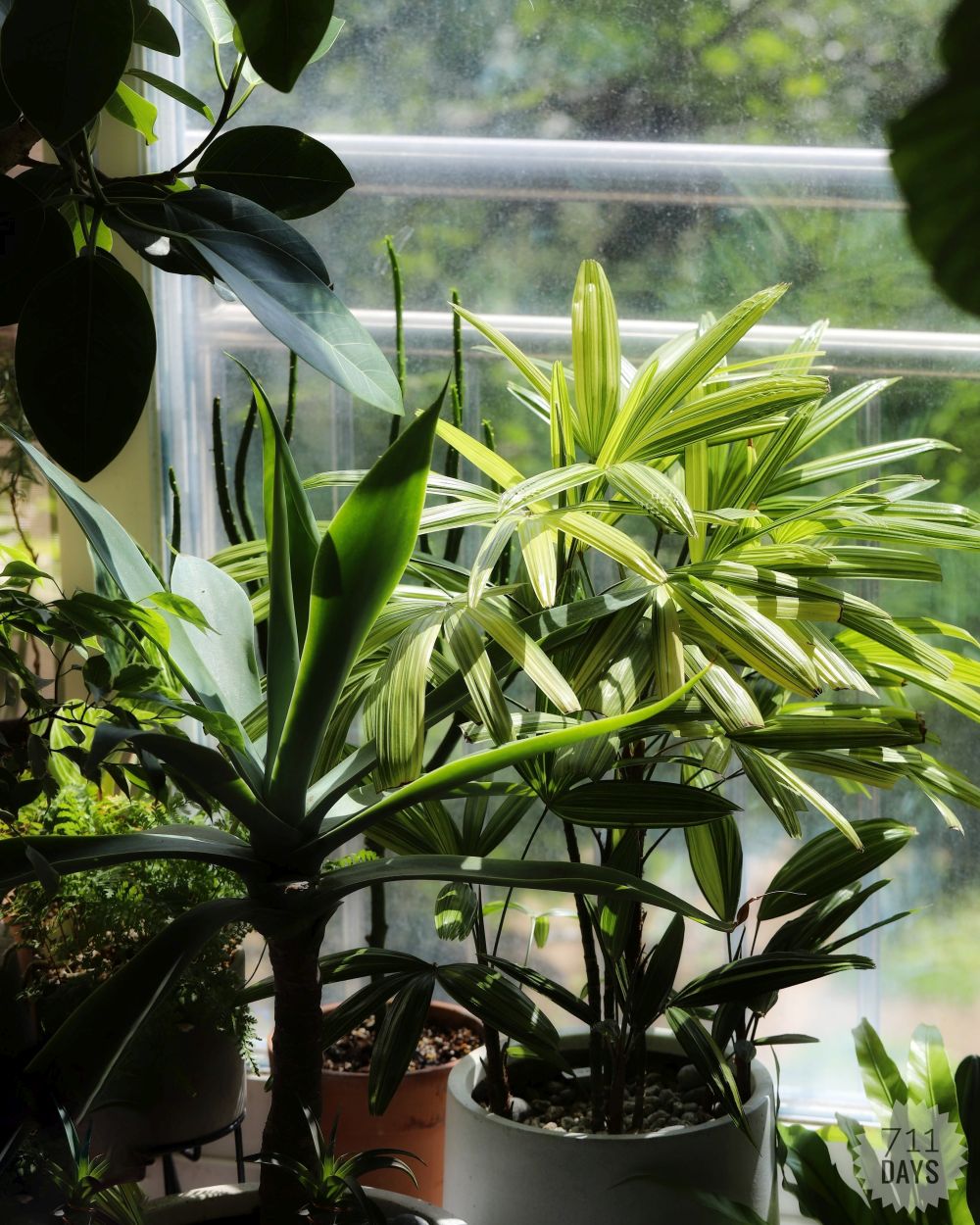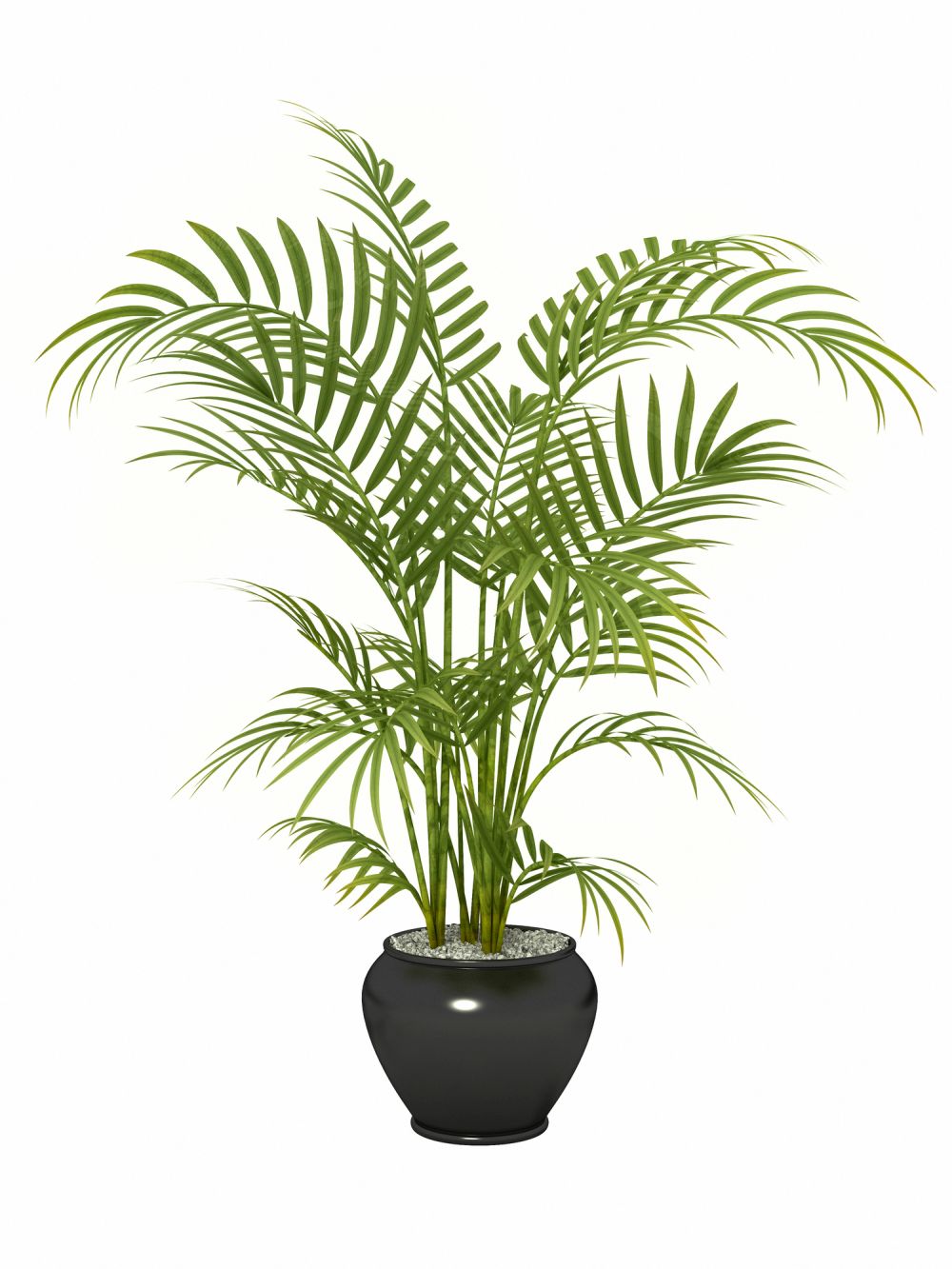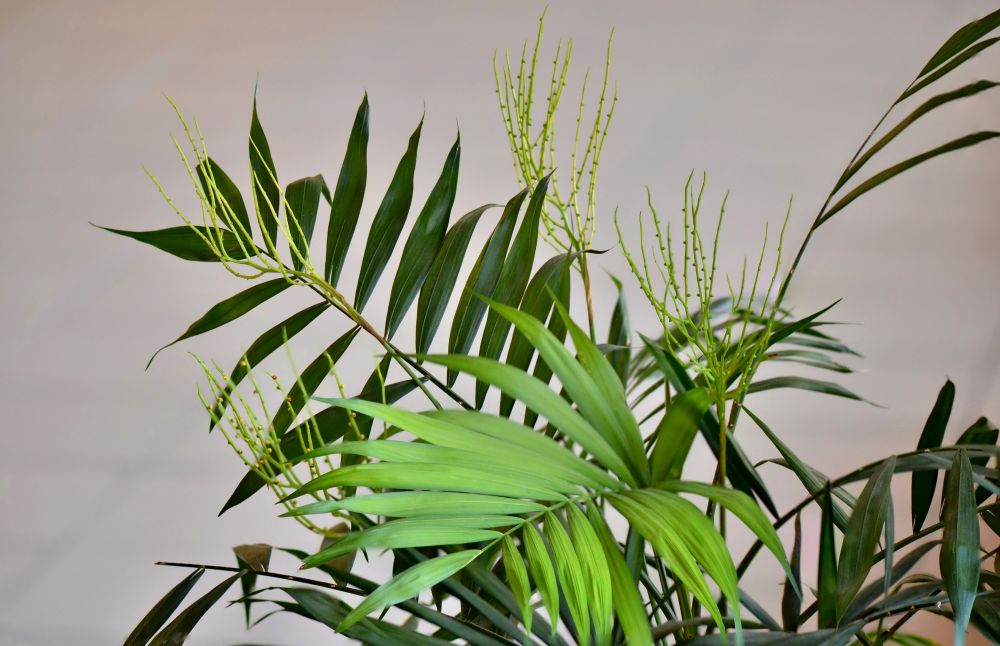Bamboo Palms Care – How To Grow And Care For A Bamboo Palm
Few plants bring about a sense of peace and serenity to your home as bamboo palms. Some people attribute that to the health benefits of these palms. But whatever your reasons to grow the bamboo palms as houseplants, there’s no denying their grace and elegance. After all, how often can you brag about growing a palm in your home that doesn’t put you out with constant care and maintenance?
Having said that, it’s worth pointing out the dark side to all of this beauty and splendor. That’s right, the fruits of the bamboo palms are highly toxic for humans and pets alike. So you’ll need to take precautions when growing this elegant houseplant, as we’ll discuss later. If you’re new to bamboo palms, this is the right place to learn all about them and how to grow and care for them.
All About Bamboo Palms
Bamboo palms (Chamaedorea seifrizii) are palms with a twist. Native to Costa Rica and the tropics of South America, the trunk of this palm is green, just like bamboo. In fact, calling it a trunk is a bit of a stretch since it’s more like a reed than a trunk.
The average height of this “trunk” is 4 feet high, but in the right conditions and absent regular pruning, it could reach 12 feet high. The canopy of the palm stretches easily across 3 to 5 feet in diameter. And since they grow in clusters, the reedy trunks grow to about one inch in thickness.
To keep the plant growing at a regular pace, you’ll need to provide it with conditions similar to its tropical habitat. That means constant moisture and filtered light. This ensures the plant will not outgrow its pot fast. If you plan to grow it outdoors, this palm is only suitable for zones 10 and 11.
In the late spring or early summer, the first blooms emerge. The flowers can either be yellow or orange. However, they don’t stay in bloom for long as a small green fruit grows right out of the center of the female flower after pollination. The fruit turns black when ripe and is very toxic.
Benefits of Bamboo Palms
Bamboo palms are more than a houseplant that brings a tropical touch to your living room. These plants have more health benefits and ornamental values than most people give them credit for. Some of these benefits include the following.
- Health: It’s no secret that the air around bamboo palms smells more fresh and pure. That’s not your imagination. The palms act as a filter that purifies the air and sucks toxins and pollutants out of it. This leaves your house odor-free and with fewer toxins in the air. The palm, in particular, targets pollutants such as carbon monoxide, chloroform, formaldehyde, and benzene.
- Decoration: Another important benefit of bamboo palms is their ornamental values. The graceful and reedy trunks growing in clusters add a touch of color to the setting. And despite its size, it’s still a compact plant to grow indoors. In addition, this palm doesn’t make much of a mess. It doesn’t shed leaves or attract pests at the same level as your average potted plant. Its flowers are bright and cheerful on the backdrop of dark green leaves and smooth stalks. Overall, I think it’s safe to say that the bamboo palm fits in any corner in your home without stealing the limelight off other more showy plants around them.
How to Grow Bamboo Palms
Even if they don’t much like palms, bamboo palms still have one thing in common with the rest of their family, it takes so long to start a palm from seeds. Not that the seeds have a low germination rate. They don’t, but it takes years for the bamboo palm to turn into a mature and robust houseplant. An easier and less time-intensive method is to start the palm from a seedling. And by seedling, I mean a young palm that’s between 2.5 to 5 years old. That’s how long it takes to start these palms. If you have the time and patience to start it from seeds, here’s how to do that.
- Start your seeds any time you like. They usually take between 6 to 9 months to germinate, so you have a long wait ahead of you.
- Don’t try to get the seeds from ripe bamboo palm fruits. These fruits are poisonous, and it’d be safer to get the seeds online.
- Place the seeds in a shallow tray with many compartments. That way, the roots of different seeds will not get entangled and choke each other.
- Fill the compartments with potting mix and plant the seeds about a half-inch deep into the potting mix. Cover the holes and water the seeds.
- Place the tray in a warm place where the temperature stays around 85 degrees Fahrenheit until the seeds germinate.
- Keep the soil moist during that time, and don’t expose the tray to direct sunlight or chilly wind.
- When the seeds germinate, you can move them to small pots filled with the same planting medium.
- Reduce the temperature around the seedlings and expose them to filtered light.
- After about a year, you’ll notice the stalks starting to grow and the roots establishing.
Bamboo Palms Care
Of course, it’s a lot easier to just buy a small bamboo palm at the local nursery and take it home. Some people have tried to start bamboo palms from offshoots. But as far as I can tell, this method doesn’t have a high success rate, and it puts the mature palm under a lot of stress. So this is not something I’d recommend.
Soil
Bamboo palms prefer well-drained soil that is porous and suitably aerated. Although sandy soil has good drainage rates, it doesn’t retain the moisture long enough, which leaves the roots of the palm dry. Clay soil isn’t a good medium either since it’s too heavy and prevents the root system of the palm from developing fully. In most cases, you’d find it easier either to use a special potting mix or to amend the soil. Add peat moss to the soil at a 1:2 ratio to achieve the right texture and structure of the soil. If you are still not satisfied with how porous the medium is, add perlite and shredded orchid bark for good measure. Also, check the soil pH and bring it up or down to neutral or slightly acidic. On average, readings of 6.0 to 7.5 are good enough for these palms.
Light and Temperature
Hardy as they are, the tropical bamboo palms still favor the high temperatures of zones 10 and 11. The palms have a low tolerance for frost or frigid temperatures. So make sure the temperature in the room is in the high seventies to mid-eighties Fahrenheit.
As for light, unlike the other palms that grow and thrive under the full sun, the bamboo palm prefers filtered or dappled light. It doesn’t do well when exposed to direct sunlight. Such exposure could lead to brown leaf tips and yellowing leaves. Keep the potted palm behind a lace curtain near a window or dim the lights in the room.
Water
Remember how porous you tried to get that planting medium in the pot for the bamboo palm? Well, now the trick is to keep that medium moist. Bamboo palms thrive in high humidity and constantly moist soil. Since that can be a problem, it’s best to err on the side of caution. That means you should let the top one inch of the soil go dry between irrigations rather than over water the plant. The roots of the palm are susceptible to both waterlogged and dry soil. Check the soil every time before you water it. If it depresses easily under your finger, then hold off the water until it dries out. When watering the plant, aim for the base and don’t let moisture touch the leaves or flowers since that could trigger a fungal infestation.
Fertilizer
Bamboo palms grow, flower, and fruit during the spring and summer. For the rest of the year, they go dormant. And because of their slow growth rate, they need some encouragement in the form of fertilizer. Start your fertilizing bright and early in the spring. Use a balanced 10-10-10 fertilizer and spread the granules over the medium, then water it immediately. After the flowers pollinate, hold off fertilizing since the plant’s resources will go into developing the fruits.
Pruning
For a plant that takes a couple of years to grow a few inches at a time, you won’t have to worry about pruning bamboo palms at the same rate as other houseplants. However, without pruning, the palm tends to grow beyond its average and compact 4-foot height. So trim off new shoots in the fall to keep the height and breadth of the palm manageable. You’ll also need to remove dead flowers, fallen leaves, and any stalks that seem out of place. But all in all, it’s an easy houseplant to manage and care for.
Pests and Diseases
Much like other houseplants, bamboo palms attract aphids, mealybugs, scale, whiteflies, and spider mites. You can deal with them the same way you always do. If you only see a handful of these pests, then soak a swab in rubbing alcohol and give the stalks and leaves a good rub. That should take care of them. But if the infestation is beyond control, then you should use neem oil. In extreme cases, you might have to spray the palm with pesticide to eliminate the pests.
As for diseases, the palms are prone to fungal infections such as sooty mold and viral diseases such as rust. Most of these diseases are transmitted by mealybugs and spider mites. So keeping the palm pest-free is the best way to avoid these problems.
Bamboo Palms Toxicity
Even though bamboo palms are not toxic in any way, their fruits are loaded with oxalate, which is a highly toxic compound. If ingested, the fruits can cause lethargy, stomach ache, diarrhea, and vomiting. Both animals and humans are at risk, so seek immediate medical help for anyone who eats the fruits.
To avoid such unpleasant issues, you can simply cut off the fruits before they fully develop and dispose of them safely. Another way is to deadhead the flowers to prevent them from pollinating and developing fruits.


